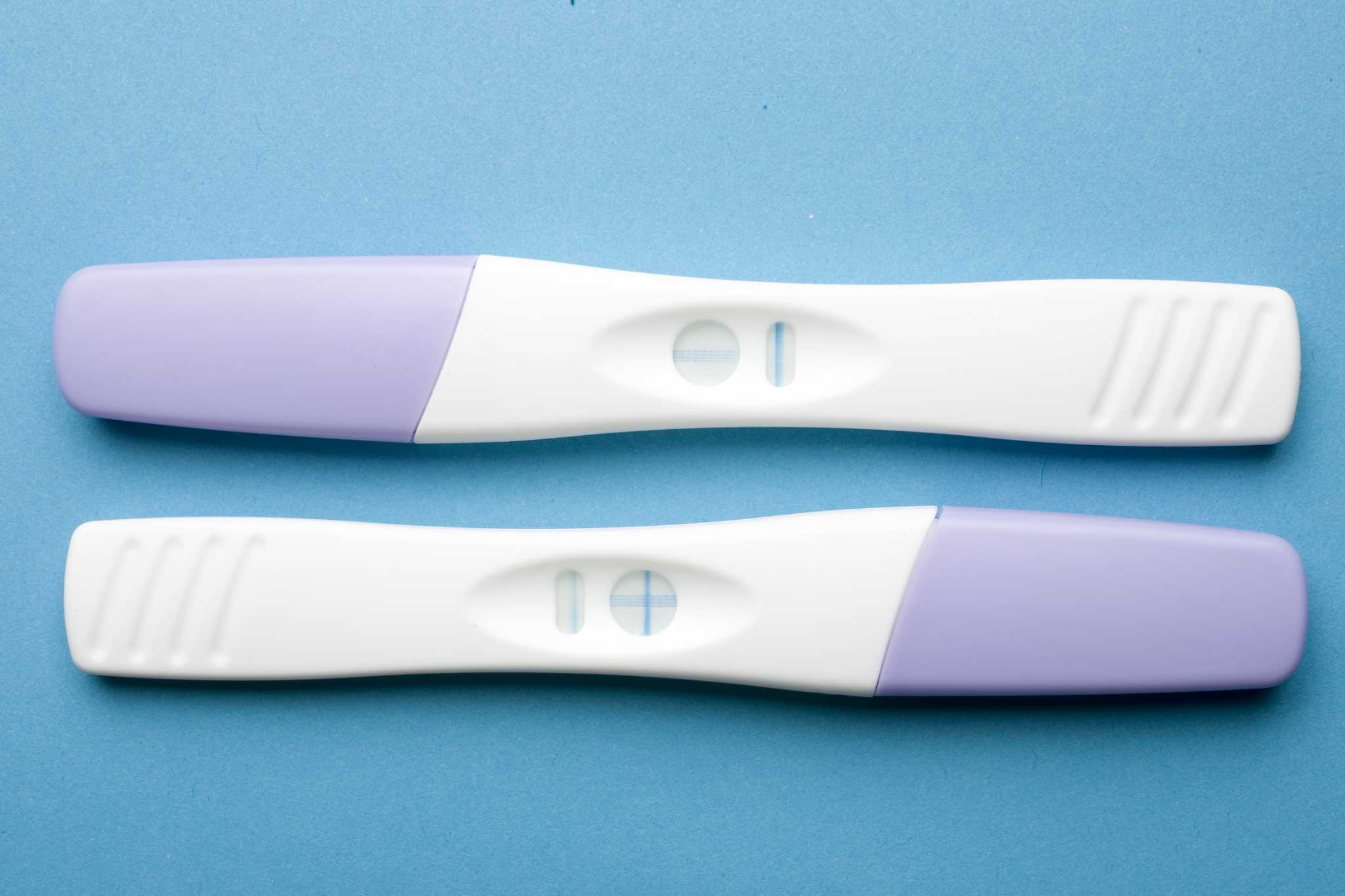Human Chorionic Gonadotrophin (HCG) is detected using pregnancy test kits to confirm pregnancy (hcg). The placenta produces human chorionic gonadotrophin, which is detected in urine throughout early pregnancy.
This might happen as soon as one week after the implantation, and the hcg level rises during the first term. The volume of hcg in your urine is directly proportionate to how long you’ve been pregnant. Because Human Chorionic Gonadotrophin is only identifiable in pregnant women, this urine test will only be positive if a baby has been implanted in the endometrium.
Pregnancy test strip work
Human Chorionic Gonadotropin (hCG) is a hormone that is detected in the urine by pregnancy test kits. After fertilization, this hormone is produced by the growing placenta. The test’s fiber strip is loaded with a chemical that reacts with hCG to cause a color change and a result.
Pregnancy test kits work on the basis of a fast chromatographic immunoassay for the qualitative detection of hcg subunits in a sample. The pregnancy test results are calculated using two lines. The test kit also works in the case of Ectopic pregnancy, as these pregnancies produce hcg, allowing the pregnancy to be detected.
The specimen reacts with the particular antibody hcg, forming a colored line at the test site, indicating a positive result. The most significant benefit of a urine test is that it accurately detects and confirms pregnancy at home.
How to Use
To use the test strip format, take a small cup of urine and dip the test strip vertically into it for a few seconds. Remove the test strip from the sample and set it flat on a dry, non-absorbent surface for 5 minutes. One line signifies a negative pregnancy test result, whereas two lines indicate a positive pregnancy test result.
It is recommended to take the pregnancy test a week from the day of your missed period for the most accurate results. The shelf life of an hCG kit should be kept between 4° C and 25° C. It should be refrigerated before using.












